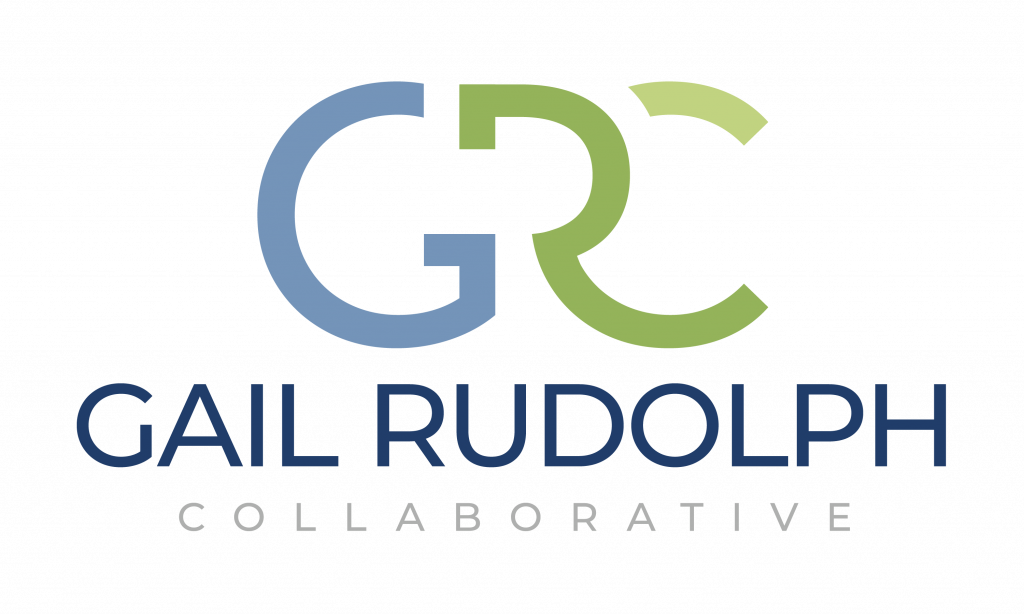When we arrive at decisions or opinions, we often don’t look at them critically.
Frequently, we arrive at actions or decisions based on uninformed perceptions, embedded beliefs, or heightened emotion, not data, logic, and facts.
Often, we misinterpret information. We create a story about what other people are thinking, why they are acting in a certain way, what their body language means, or what they meant when they used a certain word of phrase.
A universal yet simple example is when someone cuts us off on the highway. Most of us get instantly annoyed and make the assumption that they person did it on purpose and must be a generally rude and selfish individual.
But what real facts do we have? Not much. We have one data point (they cut us off) and from there, we instantaneously decided that person was rude and obnoxious.
But there are so many other possibilities then the one we’ve decided.
Maybe they didn’t see us. Maybe they spilled their coffee on their lap. Maybe they swerved to avoid something in the road. Maybe their dog jumped on their lap. The point is: You don’t have all of the facts.
Have you ever emailed, called, or sent a text to someone and they didn’t reply? And after awhile, you start to wonder if they’re mad at you. “What did I do wrong?” you ask yourself. Or you may get angry because you think they’re ignoring you. Again, there are many potential scenarios but you’ve decided that they are mad or disregarding you. (And you feel foolish when they finally do reply and you find out the real reason.)
This assumption-based process of making decisions limits our opportunity for growth and understanding, and can negatively impact our relationship with others. And, when we allow our assumptions and snap judgments to guide us toward decision or action, very often this ignites conflict not to mention less us down a path potholed with poor judgment and misinformation.
The Ladder of Inference was first introduced by organizational psychologist Chris Angus and discussed in-depth by American systems scientist and MIT professor Peter Senge in his book, The Fifth Discipline.
The Ladder provides an easy framework that illustrates how individuals and groups form opinions – or inferences – that we use to arrive at our decisions or actions.
This decision-making process takes place when we are in conversation with family and friends, with business colleagues, among teams and groups in organizations, and even among strangers.
The Ladder of Inference outlines the automatic thinking process we all go through as we take on information and process it to ultimately make a decision.
- Rung 1: Reality and facts
- Rung 2: Selectively interpret data and facts
- Rung 3: Interpret and add meaning
- Rung 4: Make assumptions
- Rung 5: Draw conclusions
- Rung 6: Adopt beliefs
- Rung 7: Take action
Reality and Facts
We observe and experience the available facts, information, and data by hearing words, tone of voice, and observing body language.
Selective Interpretation
Next, we decide which information is relevant and which isn’t worth considering. We do this based on our past experiences.
Interpret & Add Meaning:
Using the facts we’ve chosen as pertinent, we decipher the data and assign meaning.
Make Assumptions
We assume that the data we’ve chosen and the interpretation of that data are accurate and represent reality.
Draw Conclusions
From our assumptions and interpretations of our relevant data, we then arrive at conclusions. Typically those conclusions focus what is best for us and those we care most about.
Adopt Beliefs
From conclusions, we then arrive at beliefs that we often become deeply attached to. These entrenched beliefs lead us to assume that everyone else has arrived at the same conclusions and adopted the same beliefs as us.
Take Action
We act based on our adopted beliefs as tough they were proven facts. Any new data or information is adjusted to fit within our adopted beliefs.
When we aren’t fully aware of this process, we jump over rungs, skip steps, and arrive at actions that aren’t fully and thoughtfully thought out.

We assume that we fully understand the experience of others by thinking it’s the same as ours. We get caught up in our own ideas and beliefs, and think we know the right course of action without fully taking into account all of the relevant data or the ideas and perceptions of others.
The ladder process can be useful when we slow down and take a thoughtful approach to each rung
When making decisions, the first step is to identify the rung you’re on. Hint: If you think you know what someone is going to say, or what they think, you’re near the top of the ladder (and odds are, you’re probably wrong).
Take time to slow down and analyze your reasoning. Work your way back down to the first rung and ask yourself at each rung: What am I thinking and why?
This question is powerful. It can help spotlight assumptions that we may have made because our brain literally jumped to conclusions.
Then, work your way back up the ladder slowly and consider these questions on the way:
- What facts are relevant? Are there other sources to consider?
- What data did I choose and why? Was I rigorous in the process?
- What assumptions did I make? Are they sound?
- What beliefs/conclusions led to my action? Is it true?
- Why did I choose that action? Are there other options?
Our embedded beliefs cloud our ability to objectively arrive at decisions. It is vital to:
- Be aware of our thinking and reasoning (reflection).
- Ensure our reasoning is understood by others.
- Ask what others are thinking. Do they see things differently? If so, how and why? Dig into this.
- Ask if everyone agrees on the information and facts. If not, source more facts.
- Ensure meaning and assumptions are based on the data not assumptions.
- Realize that the meaning and assumptions we apply to data are not necessarily reality.
- Validate and cross-check assumptions with others.
Employing this ladder approach properly slows down our thinking, reduces assumptions, and opens up the conversation to include all viewpoints, which guides us to better understanding and more sound decisions.


